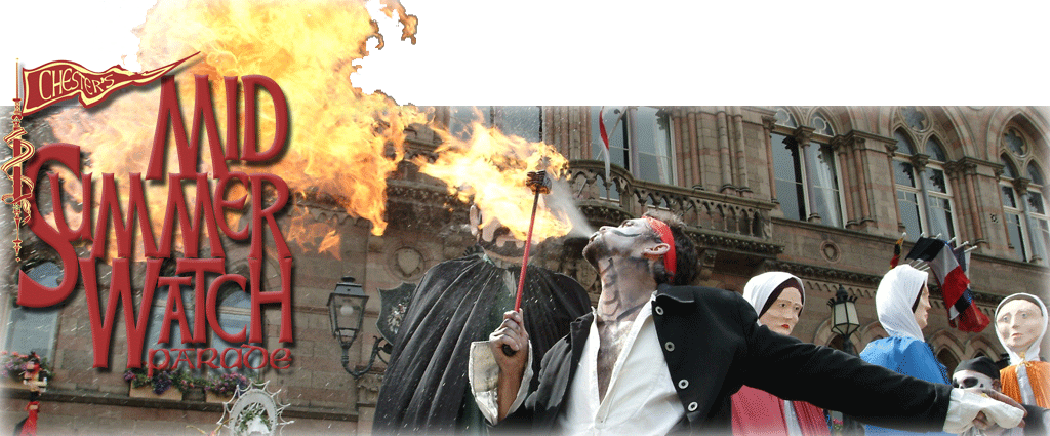Extracts from The Book of Days. A miscellany of Popular Antiquities. edited by R. Chambers. 1863
The pageants became general in the reigns of the Tudors and Stuarts .. and have, like their predecessors the mysteries, their relation to English drama; not only were they composed for the purpose of flattering and complimenting their princes, but a moral end was constantly kept in view; virtue was applauded, while vice was set forth in its most revolting and unpleasing colours; and the altercation between these two leading personages often afforded the populace the highest amusement
Considerable sums of money were spent on these pageants; the expense falling sometimes on the guilds, who each took their separate part in the performance, or the mayor of the city would frequently give one at his own cost; whilst the various theatrical properties would seem to have been kept in order from the city funds, as we often read such entries as these in their books:
“For the annual painting of the city’s four giants, one unicorn, one dromadarye, one luce, one asse, one dragon, six hobby-horses, and sixteen naked boys.” “For painting the beasts and hobby-horses, forty-three shillings. For making the new dragon, five shillings, and for six naked boys to beat at it, six shillings”.
The first of these pageants of which we have any record as performed at Chester, was in 1529, the title was “Kynge Robert of Cicyle”.
The pageant which we are about to describe, and which is the only one preserved to the present day (1863), was given by Mr Robert Amory, Sheriff of Chester in 1608 in honour of the son of James I on his creation as Prince of Wales.
Two personages who took a leading part in all pageants, were the ‘greene or salvage men’; they were sometimes clothed completely in skins, but on this occasion ivy leaves were ‘sewed on to an embroidered dress, and garlands of the same leaves round their heads, a ‘huge blacke shaggie hayre’ hung over their shoulders, whilst the ‘herculean clubbes’ in their hands made them fit and proper to precede and. clear the way for the procession that followed. With them came the highly popular and important artificial dragon, ‘very lively to behold: pursuing the savages … casting fire from his mouth and afterwards slaine, to the great pleasure of the spectators’
The various persons who were to take part in the procession met at the old ‘High Cross’, and the proceedings were opened by a man in a grotesque dress climbing to the top of it, and fixing upon a bar of iron an ‘Ancient’, or flag of the colours of St. George. He called the attention of all present by beating a drum, firing off a gun and brandishing a sword then stood on his head with his feet in the air, on the bar of iron ‘very dangerously and wonderfully, casting fireworks very delightful’.
‘Envy’ was there on horseback, with a wreath of snakes about her head and one in her hand; ‘Plenty’ came garlanded with wheat ears round her body, strewing wheat among the multitude as she rode along; St. George, in full armour, attended by his squires and drummers, made a glorious show; (and many more ‘Fame’,’Peace’, ‘Joy’ etc) whilst ‘Mercury’, descending from heaven in a cloud, artificially winged, ‘a wheele of fire burning very cunningly, with other fireworks’, mounted the Cross by the assistance of ropes, in the midst of heavenly melody. Other horsemen represented the City of Chester, the King, and the Prince of Wales (many trumpets and singing eventually ‘Joy’ puts ‘Envy’ to flight … )
‘Whereupon all departed … to a place upon the river, called the Roode, garded with one hundred and twentie halberders and a hundred and twentie shotte, bravely furnished. The Mayor, Sheriffs and Aldermen of Chester … followed the actors to the said Roode, where the ships, bargues and pinises, with other vessels, displaying the armes of St George upon their maine toppes, with several pendents hanging thereto, discharged many voleyes of shotte in honour of the day’.
The Archives reference the payments and responsibility for the parade.

